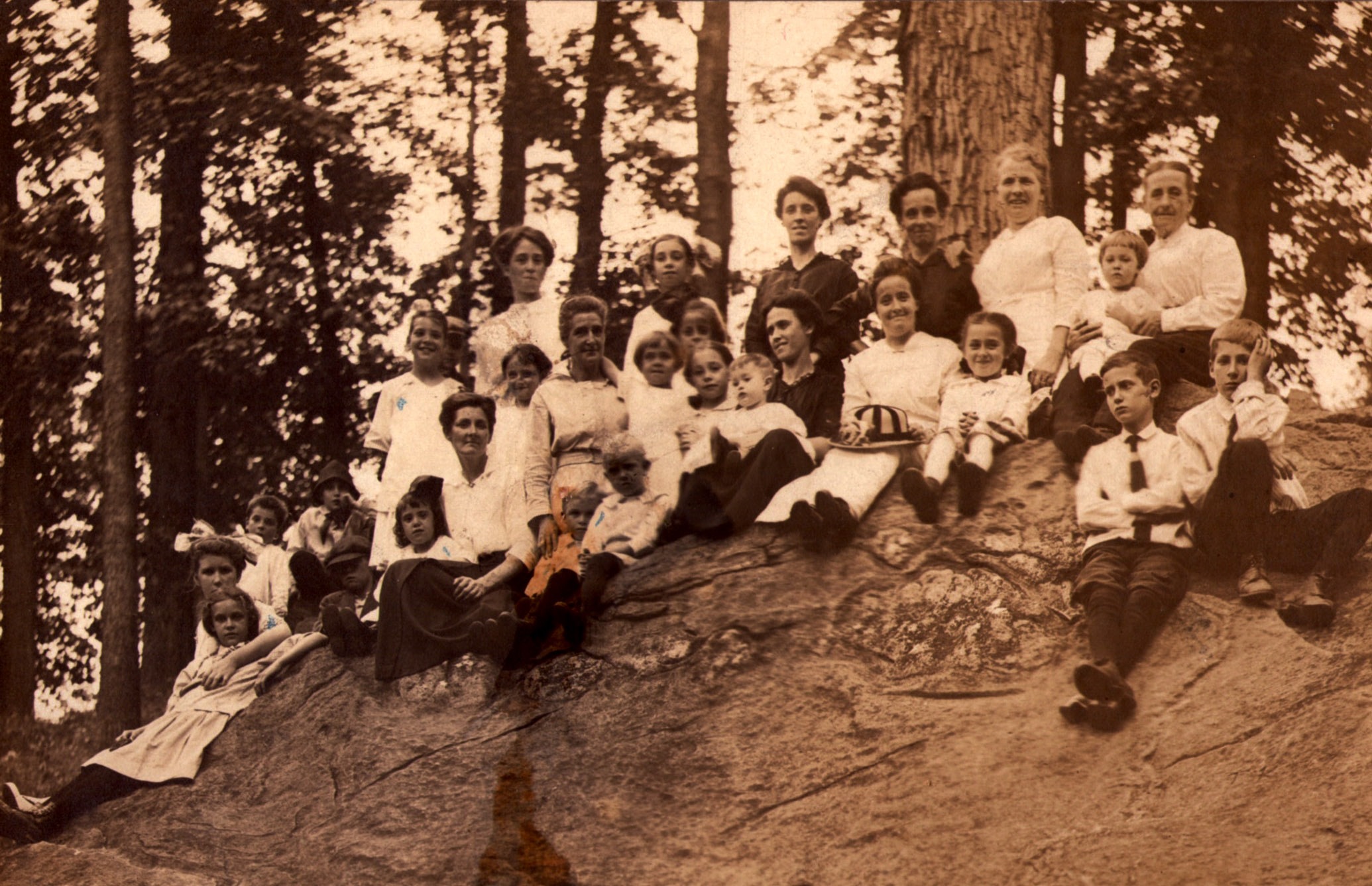There are times in my research when someone I’ve never heard of leaps off the pages of history to introduce themselves. That is how I met Samuel L. Smedley, whose life accomplishments can’t be fully summarized in my short article. But let’s try.

Samuel Lightfoot Smedley was born in Edgmont in 1832 to Samuel and Hannah Pennell Smedley, an old Quaker family. He took to schooling early and attended Westtown Friends boarding school and then a school in Germanton, before returning to Edgmont to teach at the Edgmont Central Seminary. Sickly in youth, he chose a profession where he could be active in the outdoors – surveying. He found a position with Joseph Fox in Philadelphia, and his aptitude in math and drafting allowed him to excel in the field. In 1856 he was chosen to lay out the streets of Blockley Township, known today as West Philadelphia. He then published a complete atlas of the city of Philadelphia in 1862, a valuable resource to historians to this day. He held a variety of offices for the City of Philadelphia including the Board of Surveyors, and Chief Engineer from 1872 to 1887, when he resigned due to poor health. He oversaw the design and construction of the Penrose Ferry bridge, and the Fairmount and Girard Avenue bridges.


In 1865 he visited Europe, was impressed with the grand public parks he saw there, and returned with a vision to have Philadelphia take its place in the ranks of great cities with a grand public park. He negotiated the purchase of Lansdowne, an estate of 158 acres on the west side of the Schuylkill River across from the Fairmount Water Works, and that became the nucleus of today’s Fairmount Park. He then designed the walks and drives through the park, and served as park commissioner. He was the recording secretary of the Pennsylvania Historical Society; and affiliated with the Delaware County Institute of Science, Academy of Natural Sciences, Franklin Institute, American Public Health Association, American Society of Civil Engineers and the Union League, among others.
Smedley died at his home in West Philadelphia in 1894. A simple Quaker service was held, with one floral arrangement – a wreath from the Board of Surveyors. A large number of City officials turned out. He was buried not far from his Edgmont roots at Middletown Friends Meeting Cemetery. A simple gravestone gives no hint of the accomplishments of this son of Edgmont.
By Doug Humes

